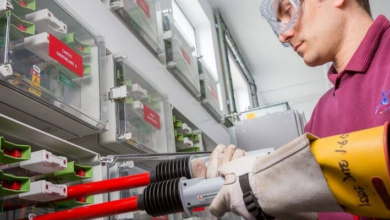Understanding the Divorce Process in Connecticut
Going through a divorce can be difficult, both legally and emotionally. In Connecticut, the process follows a clear set of steps that help resolve legal issues such as property division, child custody, and alimony. Whether you’re considering filing or already in the middle of a case, this guide will help you understand what to expect and how a divorce attorney in Greenwich can provide guidance at every stage.
Meeting the Basic Requirements
You must meet certain legal requirements before filing for divorce. At least one spouse must reside in Connecticut for 12 months before the divorce is finalized. You also need to show valid grounds for the divorce. Most people file for divorce based on an “irretrievable breakdown” of the marriage, which means there is no chance of reconciliation.
Starting the Divorce Process
To begin, you need to file official paperwork with the court. The process starts when one spouse files a divorce complaint with the local court. This includes forms like the Summons, Complaint, and Notice of Automatic Orders. These documents outline the claims and prevent either party from making significant financial changes during the case. A divorce attorney in Greenwich can make sure your forms are filled out properly and filed on time.
Serving the Spouse
After filing, the other spouse needs to be officially notified. The court requires formal notice to be given to the other spouse. This is referred to as “serving” the papers. A state marshal usually handles this. Once served, the spouse has 30 days to file a response with the court.
Handling Temporary Orders and Disclosure
The court may set temporary rules while the case is ongoing. Either spouse can request temporary orders regarding matters such as child support, custody, or living arrangements. Both sides must also share financial documents. This helps the court understand income, expenses, and property.
Reaching a Settlement or Going to Trial
Spouses can settle privately or go to court if they disagree. Many couples agree on terms through negotiation or mediation. This avoids a trial and can speed up the process. If they cannot reach an agreement, the case proceeds to trial. The judge then decides on support, custody, and property issues.
Finalizing the Divorce
The final step is obtaining a court judgment. Once everything is resolved, the court issues a final divorce decree. This outlines all legal decisions and ends the marriage. Your divorce attorney in Greenwich will help ensure the terms are fair and enforceable.
Conclusion
Divorce in Connecticut involves several steps, from filing to final judgment. Understanding the process helps reduce stress and confusion. Key steps include meeting residency requirements, filing forms, serving the spouse, and reaching a resolution either through settlement or trial. A skilled divorce attorney in Greenwich can help manage each stage and protect your interests. With the right support and clear steps, it’s possible to move forward stably and legally. Speak with a local expert to learn more about your next steps.




